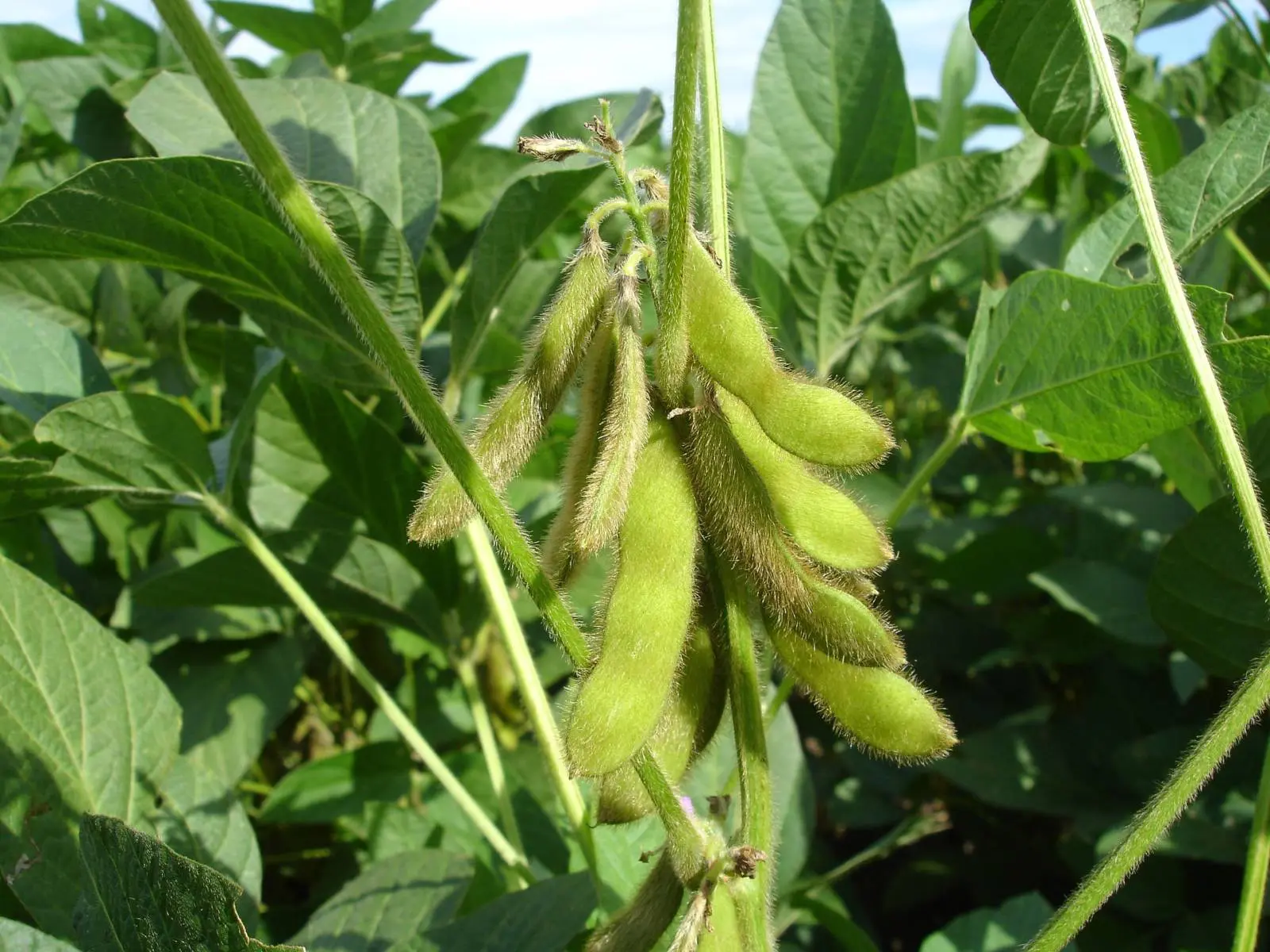The general lateness of plantings for the 2019 U.S. soybean crop has many farmers hoping for an extended growing season in order to maximize yield potential as the U.S. crop finishes its development. Summer weather has been viewed as being mostly positive for the development of both the U.S. corn and soybean crops. Benign conditions have been driven mostly by occasional rains and below-average temperatures. The following map shows the departure versus normal temperatures for the U.S. over the past 30 days with the green areas indicated below-average temperatures. While this cooler bias has limited stress due to excessive summer evaporation, the negative consequence is that this year’s delayed crop will require more energy in its final stages of development.

The problem, however, is that as the days get shorter, it will take above-average temperatures to help make up lost Growing Degree Units (GDUs) from reduced sunlight as the days grow shorter. The following map was issued by the National Oceanic and Atmospheric Association on August 31and shows that it was expected that much of the northern soybean-growing areas shaded in blue would lean slightly towards below-average temperatures for the month of September.

The problem for farmers is that more heat is needed to push along the maturity of the crop in these same areas. According to the U.S. Department of Agriculture’s (USDA) latest tabulation as of September 8, just 92 percent of this year’s crop has begun setting pods versus last year’s pace of 100 percent and the previous five-year average pace of 99 percent. The following chart compiled by USDA shows that the 2019 crop, denoted with solid lines, has been running behind recent years in terms of plantings, emergence, blooming and now setting pods. Assuming a normal trajectory for transitioning to harvest, considerable harvest activity is not likely to begin until the last half of October. This outcome would open up the possibility for yields in some areas to be susceptible to damage from first frosts of the season. Many traders would agree that current soybean futures reflect little risk premium, if any, reflecting the negative impact of a freeze event. If forecasts begin to introduce much colder temperatures to the horizon, than the market will likely begin to reflect this production risk.

